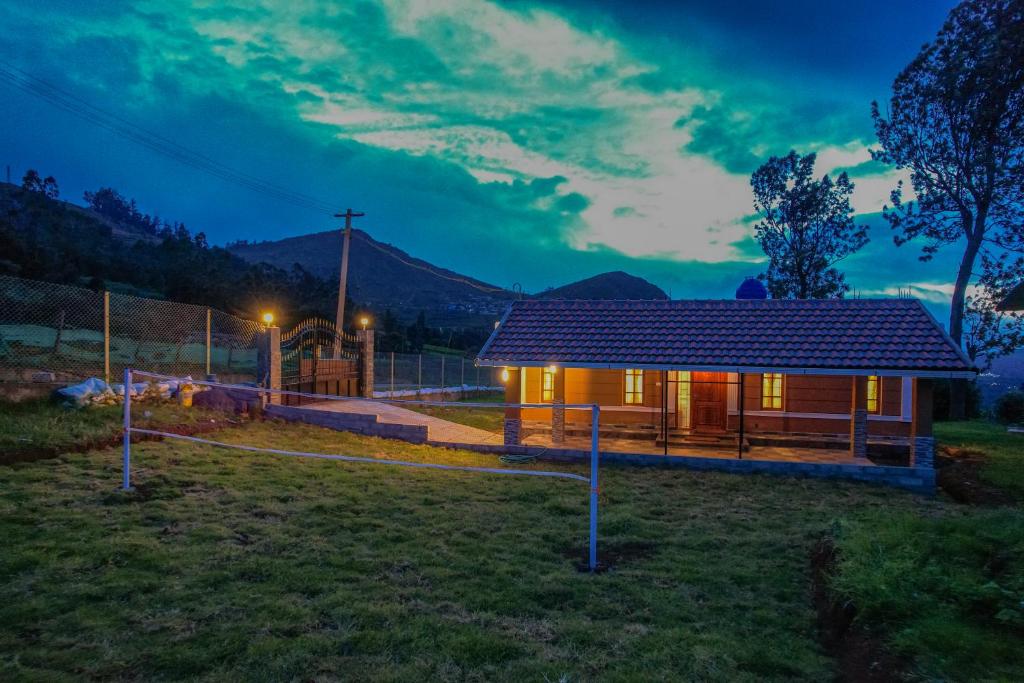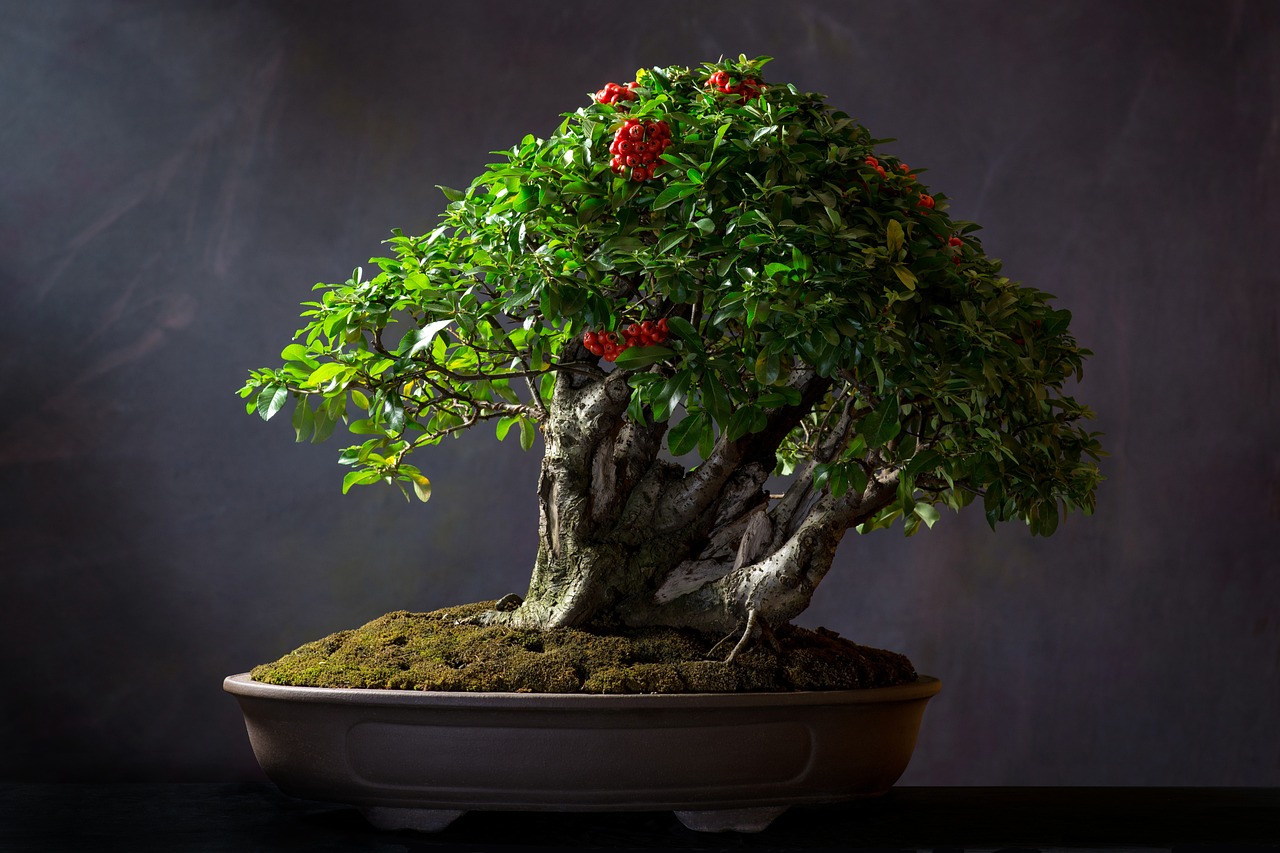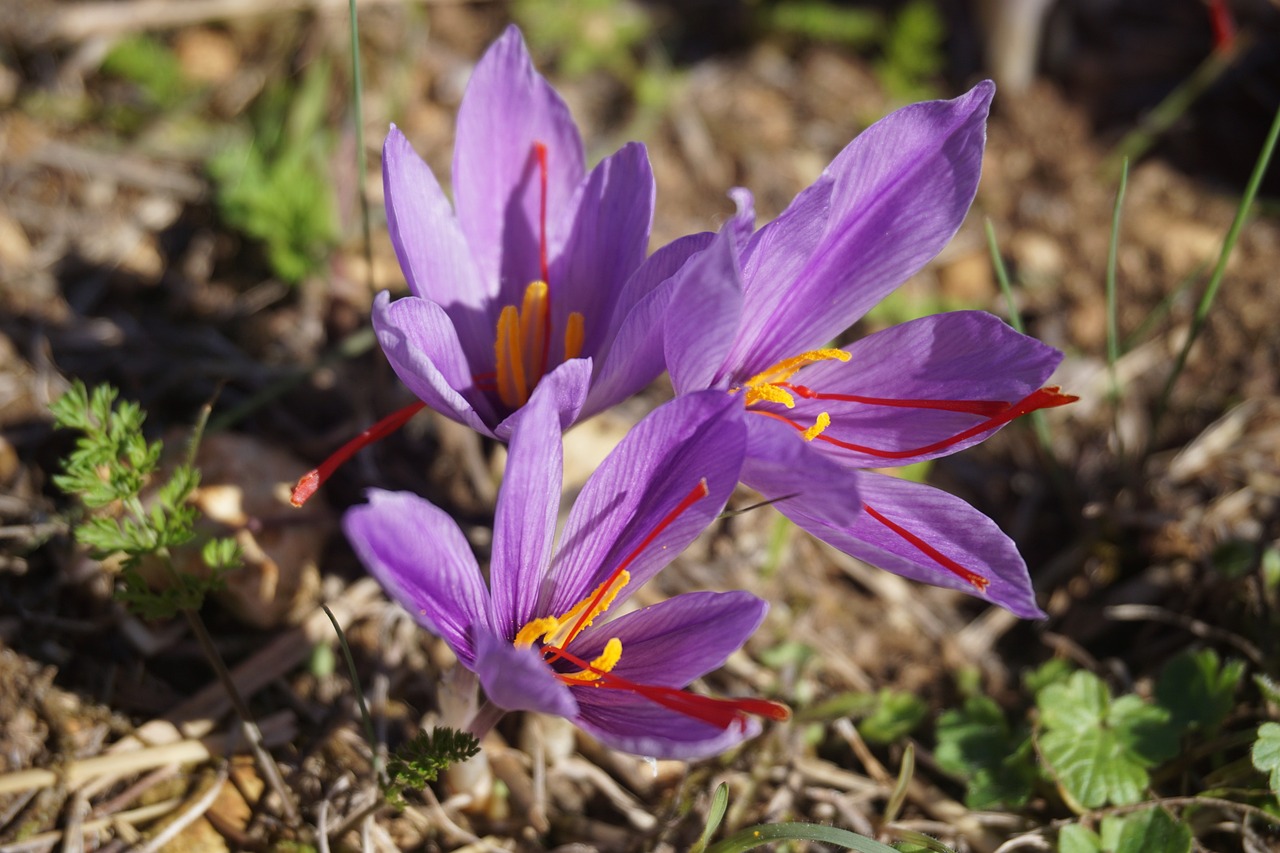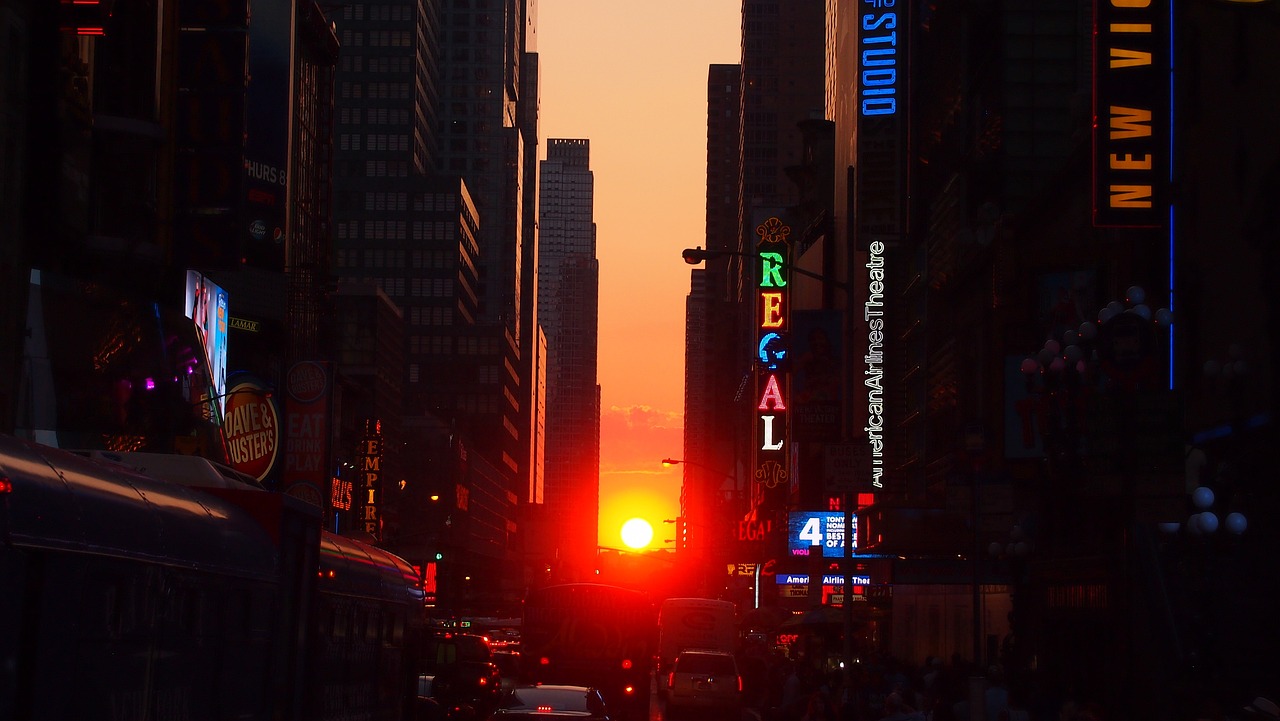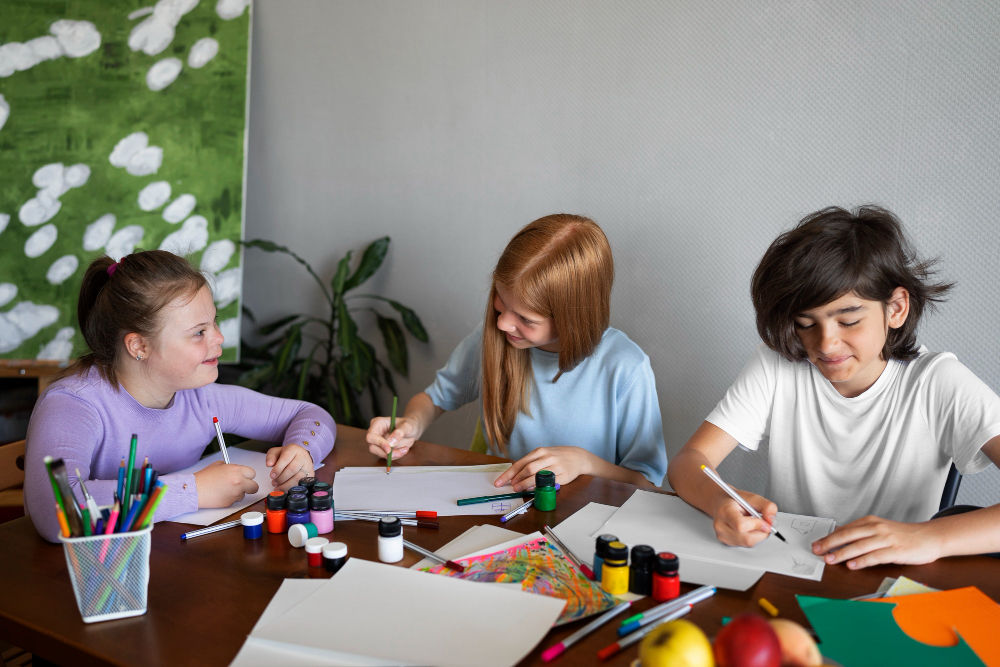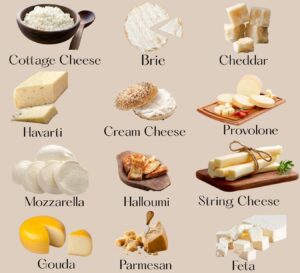 Pin
Pin Photo by horizondwellers
Life in the city feels like it’s always rushing—traffic, deadlines, noise, screens. I didn’t realize how much I needed a break until I stood on my empty terrace one morning and wished it felt… alive. That’s when the idea clicked: what if this boring rooftop could be my little forest?
I wasn’t chasing aesthetics or trends. I just wanted to grow a few herbs for tea, maybe some veggies for dinner, and plants that reminded me of my grandmother’s garden. Something real. Something that felt like home.
So, I started small. A few pots. Some easy-to-grow things. And wow—just touching soil after a long workday felt like therapy. This wasn’t just about plants anymore. It was about creating a space that fed my body and calmed my mind.
Table of Contents
Starting Small—What I Planted First (and Why)
I’ll be honest—I had no idea what I was doing at first. I didn’t even own a watering can. But I began with a few plants that felt familiar: pudina (mint), tulsi (holy basil), and some curry leaves. These weren’t just random choices. They were part of my everyday kitchen and childhood memories.
Mint gave me fresh leaves for chai. Tulsi added a hint of calm to my mornings. And the curry leaves? Nothing beats the aroma when they hit hot oil. These three were enough to make me feel like I had something special growing, even if it was just in plastic pots at the edge of my terrace.
Once they started to thrive, I added tomatoes, green chillies, and aloe vera—again, things I actually use. Each new leaf felt like a tiny celebration. Watching them grow was addictive in the best way. It wasn’t about perfection—it was about progress, and suddenly, I couldn’t stop.
The Magic of Vertical Space and Smart Pots
One thing I learned fast—terraces aren’t endless. So I had to think up, not out. That’s where vertical gardening saved me. I used old wooden racks, plastic bottles, even hanging baskets to make use of every bit of space. Walls turned into green curtains, and corners became tiny herb jungles.
Smart pots made a huge difference too. Fabric grow bags worked best—they breathe well, drain nicely, and don’t crack in the sun like plastic. I mixed sizes depending on what I was planting: shallow ones for leafy greens, deeper bags for tomatoes and okra. Everything had its little home.
It felt like a puzzle—figuring out where the sunlight hit, what needed more shade, how to make it look cozy instead of cluttered. Slowly, my terrace started to feel less like a rooftop and more like a tiny wild garden. Not perfect, not manicured—just alive. And that was enough to keep me going.
How I Kept It Alive Without Losing My Mind
At first, I thought gardening would take hours every day. But honestly? Once things settled in, it became a simple rhythm. Mornings started with a quick check—feel the soil, water the thirsty ones, pluck a few leaves for breakfast. Ten minutes, tops.
I kept things low-maintenance on purpose. I grouped plants with similar needs together, so I wasn’t running around with a watering can like a firefighter. A drip system felt too much, so I reused old bottles to make DIY slow-drip feeders. Even on days I was too tired, the plants didn’t suffer.
Of course, there were surprises. A few plants died. Some grew faster than I expected. There were pests, but nothing a little neem spray couldn’t fix. The key was not to panic. Plants are resilient if you give them the basics—sunlight, water, and a bit of love. And once you stop aiming for perfect, you actually start enjoying it.
Turning It Into a Kitchen Garden (That Actually Feeds Me)
One morning, I made an omelette with green chilies I’d just picked and tossed in fresh coriander from a pot nearby. It tasted… different. Better. There’s something about eating food you grew yourself—it hits deeper than just flavor.
So I leaned into it. I added spinach, methi, lemongrass, and even tried brinjal. Not everything was a hit (RIP to my first batch of coriander), but most things did surprisingly well. With just a few grow bags and regular sunlight, I had enough greens to avoid store-bought leaves for weeks.
It didn’t turn into a full grocery replacement, but it definitely changed how I saw food. I stopped wasting. I started planning meals around what was growing. And I began to feel more connected to the seasons—like when tomatoes slowed down or when methi leaves came in thick after a rainy week. It made my meals feel more alive, more personal.
What I Grow Now—The Plants That Feed, Heal, and Delight
Once I got the basics down, I started experimenting—and wow, my terrace forest turned into a full-blown food and wellness corner. Each plant I added served a purpose: eat it, heal with it, or just smile at it. Here’s what worked beautifully for me:
🍋 Lemon & Tangerine – These citrus trees need big containers and lots of sunlight. They take time but are worth it. I used clay pots with compost-rich soil and watered deeply once or twice a week.
🍠 Sweet Potato (Shakarkand) – Shockingly easy! Just bury a few sprouting sweet potato chunks in a deep grow bag. The vines are pretty too. After 3–4 months, harvest time is like digging up buried treasure.
🍄 Mushrooms – A bit trickier, but I bought a ready-made kit online. I keep it in a cool, shaded corner and mist it daily. Within 2 weeks—ta-da! Fresh mushrooms.
🌿 Other favorites:
- Curry leaves, Tulsi, Lemongrass (fragrant and calming)
- Spinach, Methi, Coriander (fast-growing greens)
- Tomatoes, Green chillies, Brinjal (kitchen staples)
- Aloe Vera, Mint, Marigold (medicinal and pest-repellent)
Every plant added a little story, a little magic.
Growing Indoor Plants and Microgreens—Tiny Greens, Big Joy
Not every day is sunny, and not every corner of my home gets light. But that didn’t stop me. I brought some of the greenery inside too—and that’s where indoor plants and microgreens became part of the journey. Small space? No problem.


They’re perfect for people with zero time or outdoor space. No deep pots, no heavy lifting. Just light, a little water, and patience—and you’ve got fresh food at your fingertips.
Natural Fertilizers and Pest Control That Actually Work
I didn’t want chemicals in my little forest. If I was growing food and herbs for my kitchen, I wanted them clean—no hidden stuff in the leaves or soil. So I turned to simple, homemade options. And guess what? They worked better than I expected.
For fertilizer, I used kitchen compost—banana peels, tea leaves, veggie scraps. I started with a small compost bin in the corner of the terrace. It looked intimidating at first, but once the process kicked in, the soil it made was rich and smelled earthy. Plants loved it.
As for pests, my go-to was neem spray. I soaked neem leaves overnight, strained the water, and sprayed it weekly. It kept aphids and ants away. For stubborn cases, a mix of soap and water did the trick. I also planted marigold and basil—they naturally repel bugs and look lovely doing it.
I stopped buying anything from garden stores after a while. Nature already has everything we need to take care of itself—you just need to watch, listen, and respect the rhythm.
How It Changed My Mindset and Daily Life
This little terrace project started as a hobby. Something to fill empty space. But over time, it quietly changed how I lived—what I ate, how I spent mornings, and even how I handled stress. It grounded me in ways I didn’t expect.
Now, I wake up and head straight to my plants—before emails, before news. Watering, checking leaves, harvesting a few herbs—it became a slow ritual that sets the tone for the day. Even on hard days, touching soil or seeing a new leaf feels like a small win.
It also made me more patient. Plants don’t rush. They grow when they’re ready. That taught me to slow down too. I started valuing effort over outcome—not everything needs to “perform” right away. Some things just need to grow. And when they do, even the smallest bloom feels like a celebration.
This terrace forest wasn’t just about plants. It turned into a quiet space where I could breathe, think, and reconnect—with nature and with myself.
Finding Time—And How Financial Freedom Made Space for Green
People often ask me, “How do you even have time for all this?” And honestly, I get it. Life feels packed—jobs, deadlines, bills, responsibilities. But I didn’t start with free time. I made time—slowly, as I started shifting how I earned and spent my energy.
For years, I was always rushing—commuting, working late, living for weekends. But I began exploring side hustles and digital income streams: freelance writing, affiliate marketing, and even small investments. It didn’t happen overnight, but little by little, my income became less tied to fixed hours or a physical location.
That gave me back the most valuable thing—time. Not an endless vacation, but enough flexibility to pause, to water a plant without guilt, to breathe between tasks. Gardening didn’t need all day—just presence.
So if you’re dreaming of your own green space but feel too busy—look at where your time goes. Look at ways to earn smarter, not harder. Even one hour saved a day can grow into something beautiful.
Bonus: A Gentle Push for Anyone Thinking to Start
If you’re standing on your terrace, balcony, or even just staring at a sunny window—and wondering “Can I really do this?”—please hear this: yes, you absolutely can. You don’t need a green thumb, perfect plan, or expensive tools. You just need to start. One pot. One seed. One reason.
You don’t have to grow everything. But growing something—a few herbs, greens, maybe a fruit tree—slowly changes how you see food. You begin trusting your hands over plastic-wrapped packets. You smell the difference in a homegrown tomato. You stop relying on the store for every little thing.
It’s not about going off-grid. It’s about taking back a little control. About reconnecting with the cycle of growth, understanding what real food tastes like, and having a backup when the shelves run empty. And more than anything, it’s about peace.
Start small, be kind to yourself, and keep growing. You’re not just planting seeds—you’re planting freedom. 
FAQs
Absolutely! It’s not about size—it’s about smart use of space. With vertical gardening, containers, and the right plant mix, even a small terrace can feel like a lush mini jungle.
Not at all. Start with easy herbs like mint, tulsi, or coriander. Gardening is more forgiving than you think—and every small win builds confidence.
Just 10–15 minutes in the morning is enough. A quick water, a soil check, and a little harvest—it becomes a peaceful daily ritual, not a chore.
Even partial sunlight works! Choose shade-loving plants like spinach, mint, and ferns. For really low light, try growing microgreens or indoor plants.
Yes! You won’t replace everything, but you’ll always have fresh herbs, greens, and some veggies on hand—plus peace of mind and zero pesticides.

